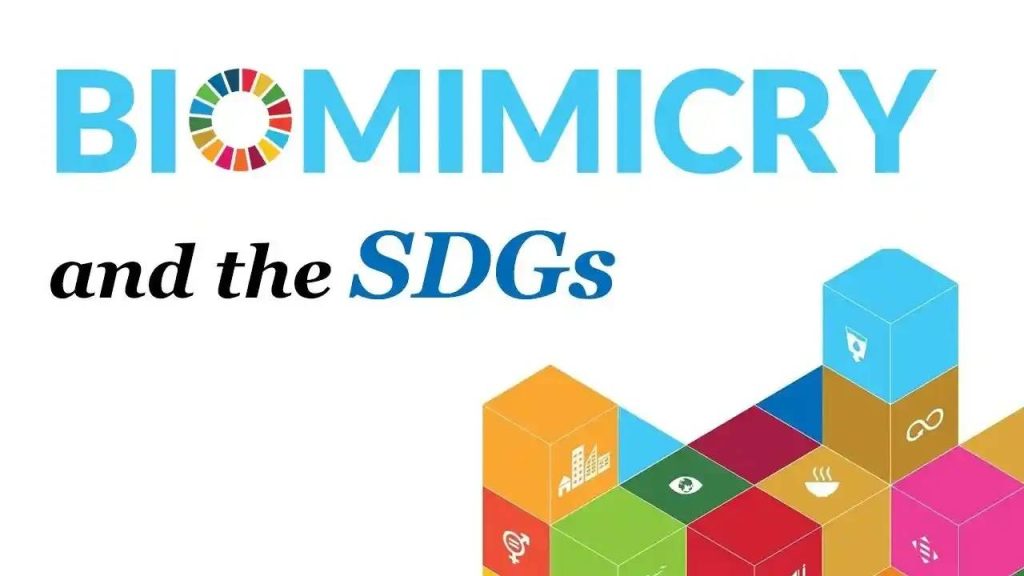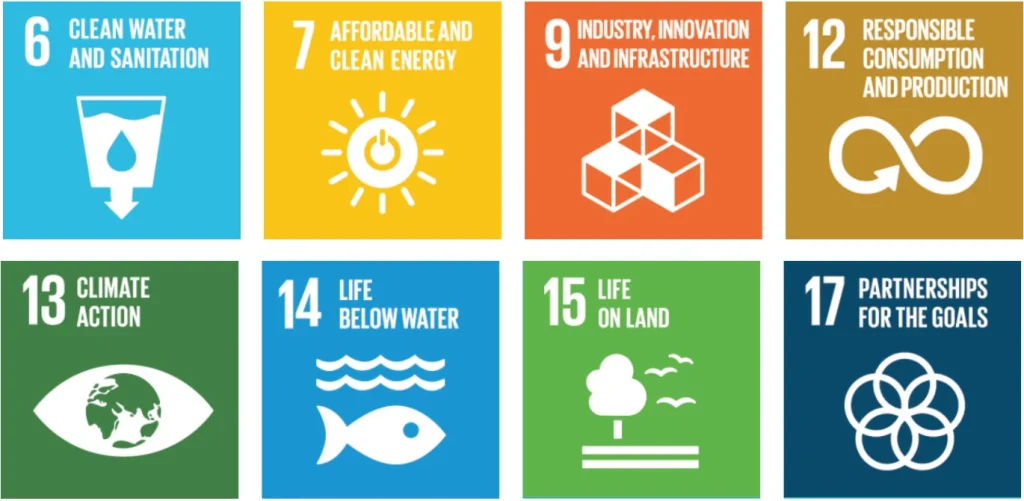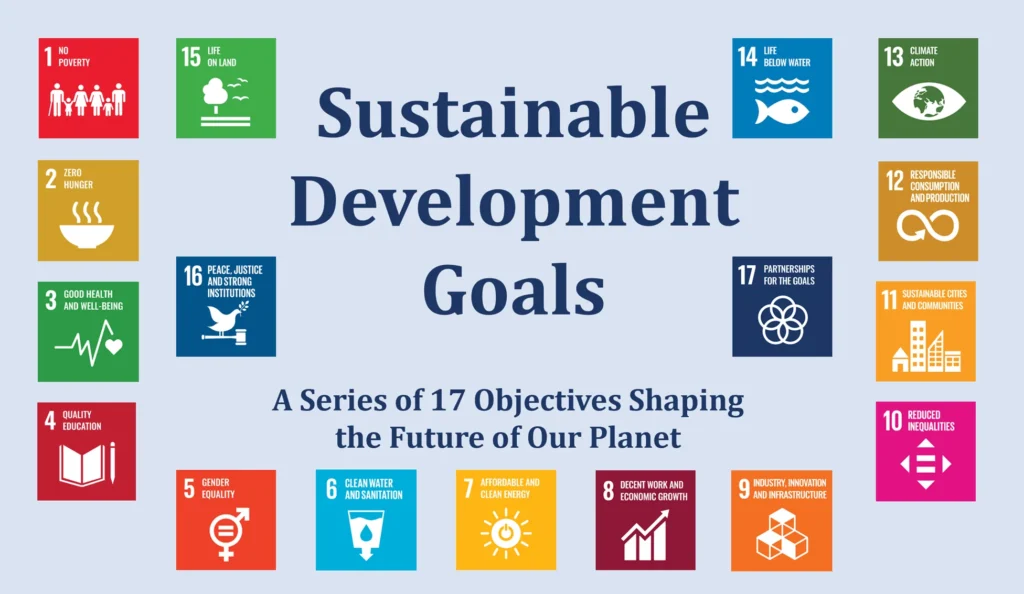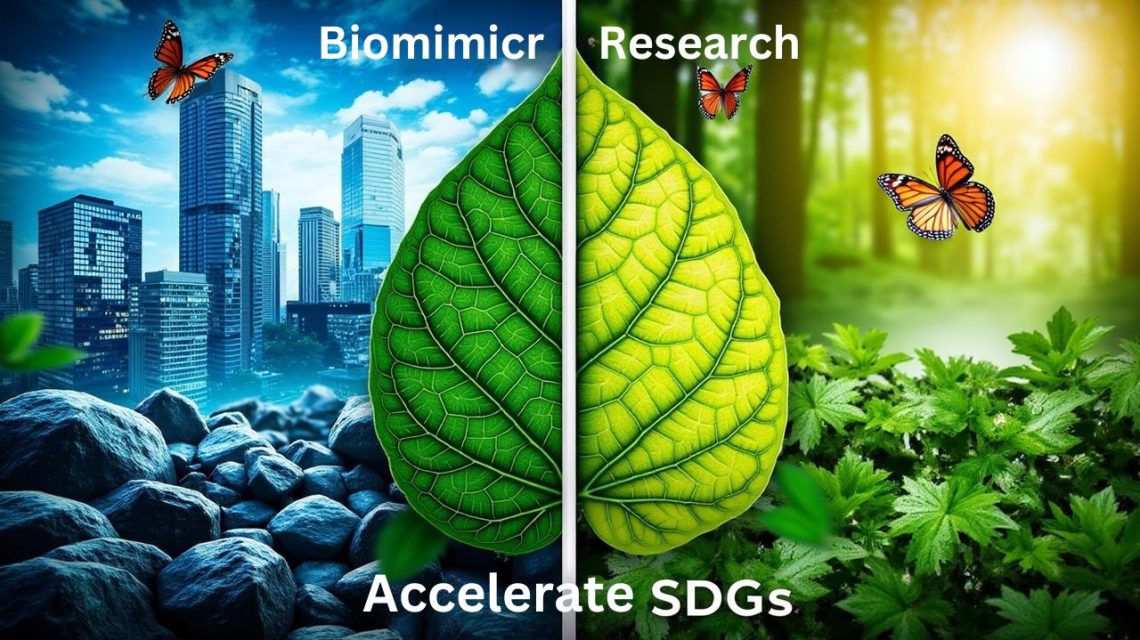Biomimicry Research, which combines “bio” (life) and “mimicry” (imitation), applies nature’s designs and processes to solve human challenges. This innovative approach aligns with the United Nations’ Sustainable Development Goals (SDGs) by promoting sustainable design, responsible production, and environmental conservation. By studying nature’s systems, scientists and designers can create efficient, eco-friendly solutions that support economic growth while protecting the planet.
To meet the rising global demand for resources without harming the environment, industries must shift towards sustainable practices. Biomimicry offers a powerful strategy to achieve this by replicating nature’s efficient processes and reducing waste.
How Biomimicry Supports the SDGs
The SDGs provide a framework for addressing climate change, economic development, and social equality by 2030. Biomimicry enhances these goals by offering nature-inspired solutions for sustainable design, energy efficiency, and waste reduction. Unlike traditional approaches, biomimicry focuses on creating long-lasting and adaptable solutions by mimicking natural processes.
For example, scientists develop biodegradable materials inspired by plant structures or self-cleaning surfaces modeled after lotus leaves. Biomimicry Research These breakthroughs help industries reduce environmental impact while advancing innovation.
Integrating biomimicry into the built environment—such as designing self-sustaining buildings or using circular economy principles—can create resource-efficient cities. Circular design emphasizes recycling materials, minimizing waste, and developing eco-friendly products. Combining biomimicry with circular economy strategies ensures that industries function in harmony with nature.

Challenges in Biomimicry Innovation
Despite its potential, biomimicry faces barriers to widespread adoption. Challenges include:
– Skill gaps in engineering and commercialization
– Limited funding for nature-based research
– Slow adoption of sustainable technologies in industries
Key Research Questions
To better understand biomimicry’s role in sustainable development, this study explores:
1. How does biomimicry research contribute to specific SDGs?
2. What emerging topics in biomimicry are gaining global attention?
3. What are the barriers to bringing biomimicry innovations to market, and how can they be overcome?
4. What new areas of biomimicry research can address underrepresented SDGs?
Why Nature is the Best Teacher

Think about it: nature has had a lot of time to experiment.
It’s gone through Biomimicry Research countless trials and errors, keeping the best solutions and getting rid of the bad ones.
This means that the designs we see in nature are incredibly efficient and sustainable.
Energy Efficiency: A hummingbird uses very little energy to fly long distances. How does it do that? We can learn from its wing design.
Water Management: The Namib Desert beetle collects water from fog using its bumpy shell. How can we use this idea to get clean water in dry areas?
Strong and Light Materials: Spider silk is stronger than steel but much lighter. How can we make materials like that?
Biomimicry and the Big Goals

Here’s how:
SDG 6: Clean Water and Sanitation: We can copy how plants filter water to make better water purification systems.
SDG 7: Affordable and Clean Energy: We can learn from how leaves capture sunlight to make more efficient solar panels.
SDG 11: Sustainable Cities and Communities: We can design buildings that cool themselves like termite mounds, saving energy.
SDG 12: Responsible Consumption and Production: We can create materials that break down naturally, like leaves, reducing waste.
SDG 13: Climate Action: We can learn from how forests store carbon to develop better carbon capture technologies.
SDG 14: Life Below Water: We can design ships that move like fish, using less fuel and causing less pollution.
SDG 15: Life on Land: We can create farms that work like natural ecosystems, using less water and chemicals.
Biomimicry in Action
Bullet Trains: In Japan, engineers copied the kingfisher bird’s beak to design a quieter and faster bullet train.
Self-Cleaning Paint: Scientists copied the lotus leaf, which stays clean even in muddy water, to create self-cleaning paint for buildings Biomimicry Research.
Stronger Adhesives: Researchers studied how mussels stick to rocks underwater to create stronger and safer medical adhesives.
Better Wind Turbines: Designers looked at how whale fins move through water to make more efficient wind turbine blades.
Cooler Buildings: Buildings have been designed to have ventilation systems similar to termite mounds, reducing the energy usage for cooling Biomimicry Research.
Overcoming Sustainability Challenges
We face big challenges like climate change, pollution, and resource depletion. Biomimicry offers a way to address these challenges in a Biomimicry Research way.
Reducing Pollution: By copying natural processes, we can create materials and products that are less harmful to the environment.
Conserving Resources: Nature is an expert at using resources efficiently. We can learn from this to reduce waste and use fewer raw materials.
Building Resilience: Natural systems are often more resilient to change. By copying them, we can build infrastructure that can withstand extreme weather events.
How You Can Get Involved
You don’t have to be a scientist or Biomimicry Research engineer to learn about biomimicry.
Learn About Nature: Spend time outdoors and observe the natural world.
Read Books and Articles: There are many great resources available online and in libraries.
Support Biomimicry Initiatives: Look for organizations and companies that are using biomimicry.
Think Creatively: Start thinking about how nature might solve the problems you face in your daily life.



good!
wonderful!
good!